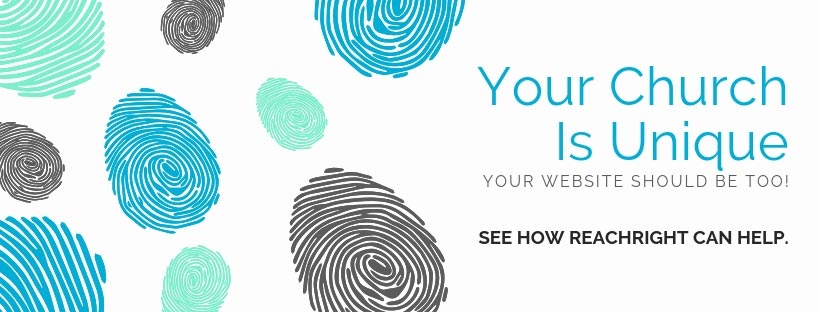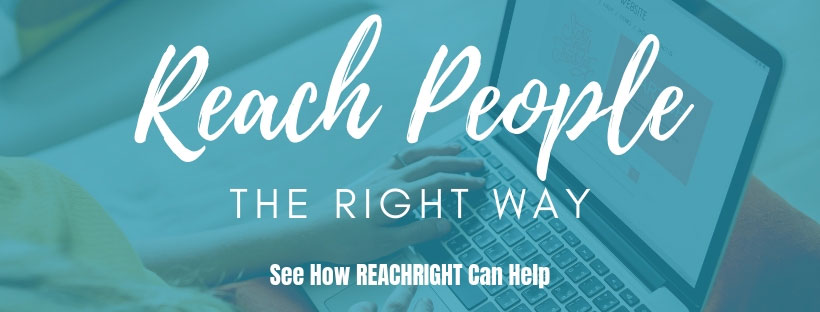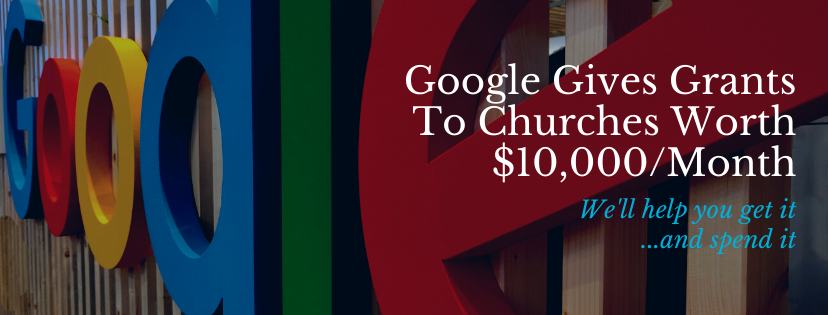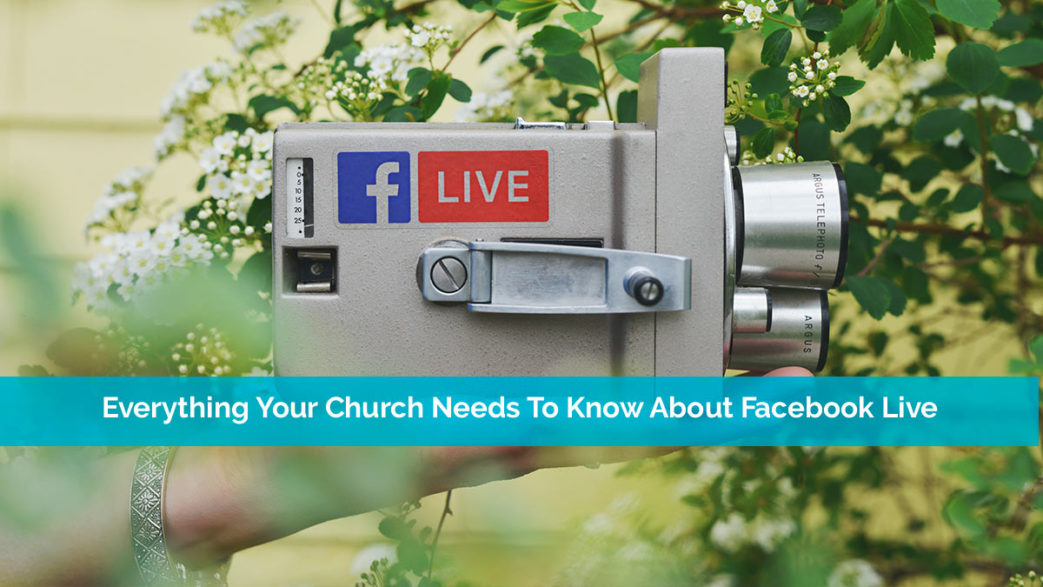Facebook Live started off as a fun way for influencers and regular users to connect via live video while staying on Facebook. Now, it’s a powerful tool for anyone who wants to utilize it, including your church.
The best part of Facebook’s live streaming service is it’s free. For churches, this is a blessing, especially if you’re on a tight budget.
If you’ve never used it or even heard of it, don’t worry. It’s actually not that difficult to get started. For any of your members and social media followers, they’ll love interacting with your live outside of church.

What Is Facebook Live?
Facebook Live is a live streaming service provided by social media giant Facebook. It first launched in 2015 and was originally only available to specific celebrities. It wasn’t long before the service rolled out to every single user.
Now, it’s a popular video streaming service people can use alongside other Facebook features. This is actually what helped the service gain popularity. Facebook already have over a billion users during the launch, all eager to share more than just selfies with their friends, families and followers.
Facebook Live is Facebook’s way of staying competitive as more and more people prefer video over text and images. Even better than just video is live video.
The best part of all is Facebook opened up this service for free. As a church, you likely already have a limited marketing budget. Now, you get a free live streaming platform to reach your members and online followers.
What Makes It Different Than Normal Live Streaming?
One thing that really makes Facebook Live different than normal live streaming is it’s built in to a social network that many of your members probably already use. Instead of having to download yet another app or visit a specific site, all they have to do is check out your church’s page on Facebook.
Another benefit is your live streams show up in users’ feeds as they scroll. Even if they forget your church was streaming, they’ll see it and be able to interact immediately.
Plus, when you’re done, you can leave your recorded stream up for others to view later. For people who are interested in viewing live, they can set a reminder when you post about the event. This actually takes a lot of the work out of it for your church.
Naturally, you can still post about it your church website. You can even post reminders on Facebook. However, Facebook automatically creates an event post and allows people to set reminders when you schedule a live post.
With over two billion users, you already have built-in audience. All you have to do is show up, let people know you’re streaming and talk with your followers.
How Difficult Is It To Set Up?
Overall, it’s relatively easy to set up Facebook Live. There are two different ways to do it. The first is to just use any smartphone that’s compatible with the latest Facebook mobile app.
Open your church’s Facebook page and start to add a new post. Use the Live button to set up a Live streaming event. It’s important to note that you don’t have to schedule an event in advance. You can either schedule or go live whenever you want.
The second method is a little more difficult. If you want a higher quality live stream and a wider view, you’ll need a camera, Live Producer (Facebook’s tool) and an encoder, also known as streaming software.
If you’re having trouble getting everything set up, use these free Facebook resources to help guide you through the process:
- Live Stream an Event on Facebook
- Streaming Software (tips on using Facebook Live compatible encoders)
- Facebook Live Producer

What Equipment Do You Need?
This all depends on how you want to use Facebook Live. If you want to live stream your church services, you may prefer using a higher-end camera with connected mics. If you just want to do shorter videos specifically for Facebook, all you really need is a smartphone.
If you’re thinking of using a camera setup, you’ll also need a desktop or laptop computer to pull the stream into. This is so the encoder software can process it so Facebook can use it. We also have a guide to live streaming that includes a section on how to pick the right equipment.
If you’re new to Facebook Live and don’t have any other equipment in place right now, test it out using a smartphone first. For streaming your services, add a stand close enough to the pulpit to easily pick up the pastor’s voice. If you want to also show the choir, you may need to move the phone and stand closer to the choir when the time comes.
This is the most inexpensive and easiest method. If your Facebook followers like it, ask them to please donate to your camera fund to allow you to afford the equipment for higher quality video streams. Make sure you have an easy and safe way for viewers to tithe online. You can add a donate button to your live feed.
How Expensive Is Facebook Live To Use?
If you already have equipment, it’s free. All it takes is time. This is undeniably one of the biggest benefits of Facebook Live. You don’t have to worry about monthly fees that come with most live streaming platforms.
Of course, you already know that you can stream directly from your phone. However, if you’re going with the completely free method, assuming you already have a smartphone, there is one piece of equipment you’ll need – a phone stand. This keeps your hand from getting tired during longer videos, improves the quality and helps you get clearer audio.
Obviously, it can get expensive if you’re looking to buy a high-end camera. The good news is there are plenty of budget friendly cameras that work well for smaller churches. Remember, you probably don’t need the newest camera with all the bells and whistles, which can easily cost over $1,000.
The biggest investment will be time. This is especially true if you’re trying to setup a camera and encoder software. It’s not impossible to do, but it does take more time than just pressing the Live button in the Facebook app.
What Is A Facebook Live Encoder?
If you’ve never worked with encoders before, you might already be feeling like Facebook Live is too complicated to try. However, it’s really not that difficult. Remember a time when checking email seemed insanely confusing, but now it’s just something you do every day?
All an encoder does is allow Facebook to process and see the live stream from third-party camera. Your desktop or laptop works as the middle man between your camera and Facebook. Once you’ve got everything setup correctly, all you have to do is connect everything before each live stream and you’re done.
Facebook recommends using either Open Broadcaster Software or Streamlabs OBS. Both are free to download and use. They also have guides on their sites for using them with Facebook Live.
You can use other encoders if you want. On Facebook’s Streaming Software guide, you’ll find a list of other compatible encoders. There are only two reasons you might want to use something other than the two recommended ones – you prefer the features or your camera requires a specific encoder.
The one thing to remember is to choose an encoder and learn how to set it up well before your first Facebook Live event to avoid any issues.

Will Your Members Prefer Facebook Live?
Facebook has 2.5 billion monthly active users as of February 2020. The platform has 1.59 billion daily mobile users. Currently, 69% of American adults use Facebook. All of this is simply to say that your members will likely prefer Facebook Live since they may already be using Facebook.
Of course, you should consider polling your members to see how they feel first. However, if you’re trying to reach a wider audience, Facebook Live is still a great option, even if your members aren’t fully supportive. You can always offer a different video option for your members if necessary.
One other important thing to know is 96% of Facebook users come to the platform from mobile devices. So, if you’re trying to reach a younger audience, Facebook Live might be a great option since mobile devices are the main way younger generations connect to the Internet.
Should You Stream In Multiple Places?
There isn’t a clear yes or no answer to this one. Multiple streams mean more work for your church. However, if half of your members want to view your live stream, but don’t want to use Facebook, then you’re not left with much of a choice.
Ideally, you should limit your live streams to two at a time. It’s easier to set up and manage this way. Most churches either use a live streaming platform that integrates with their church website or stream directly from their website.
Both of those options usually cost more than Facebook as most streaming platforms aren’t free. For more details on other live streaming options, please see our live streaming guide.
How Long Are Facebook Live Broadcasts?
You might think shorter streams would be more effective, but people actually don’t mind watching longer Facebook Live broadcasts. Unlike live TV, people are able to interact in real time with other viewers and the broadcaster.
Facebook recommends broadcasts be at least 20 minutes for optimal engagement. A longer stream also means there’s more time for viewers to invite friends and family to start watching too. Even if someone only catches 5-10 minutes of a 30-minute live stream, it’s enough to grab their attention and make them want to come back for your next one.
And yes, live streaming sermons is a great idea. In fact, some of the most watched live streams are hours long.
Are Live Streams Available Later?
Yes! A Facebook Live post is similar to any other post. Once you’re finished streaming and end it, the video itself is available as a standard post on your church’s Facebook page. You don’t have to do anything.
If you’d like to edit the video at all, you can use the Facebook Creator Studio. Facebook provides free lessons on how to use Creator Studio, which is a powerful way to manage your Facebook content.
Share your streams in your church newsletter. Remind blog readers to check out your latest Facebook videos. While they can’t interact live, they can still watch them and comment on them.

How Can You Promote Live Streams?
The most straight-forward way is to schedule a Live event. When you set a date, Facebook creates an event for users to RSVP and get reminders. Obviously, you can promote the event the same way you promote any other church event.
Some great options include:
- Blog posts
- Facebook posts
- Other social media posts
- Church newsletter
- Events page on your church website
- At the end of weekly sermons
- At the end of Facebook Live streams (for regular or upcoming events)
How Do You Interact During Live Streams?
During Facebook Live streams, viewers are able to comment, provide feedback and ask questions. It’s a good idea to have either a large enough screen to view all of this or have a secondary way to view comments. You might even ask a volunteer to write down questions so you can answer them easily and nothing gets lost.
Remember, interact as if you were face to face. Ask your viewers questions. Laugh at funny comments. Thank them for their time. More interactions mean more viewers next time.
What Are Different Ways To Use Facebook Live?
The most obvious way to use Facebook Live might be to stream sermons, but this is definitely not the only way. In fact, your church should use the service for much more and to interact with your members and online followers throughout the week. Some of the best ways to utilize Facebook Live include:
- Sermons
- Mini-sermons (15-30 minute quick sermons)
- Q&A sessions
- Bible study
- Group ministry programs
- Show in-church events (ensure you have permission for any copyrighted music)
- Interview guests
- Address current issues
- Activities for kids
The whole idea is to better connect with your church’s audience on Facebook. Get creative and have fun. If you’re enjoying yourself, your viewers will too.
If you’re trying to promote your church’s website or Facebook page, consider using free Google ads. Find out how we can help your church through the Google Ad Grant program.





Comments 1
Once you start using Facebook for live streaming I know the videos stay on Facebook. Is there a limit to how many videos that can be kept or a time limit when they might expire?
Thanks